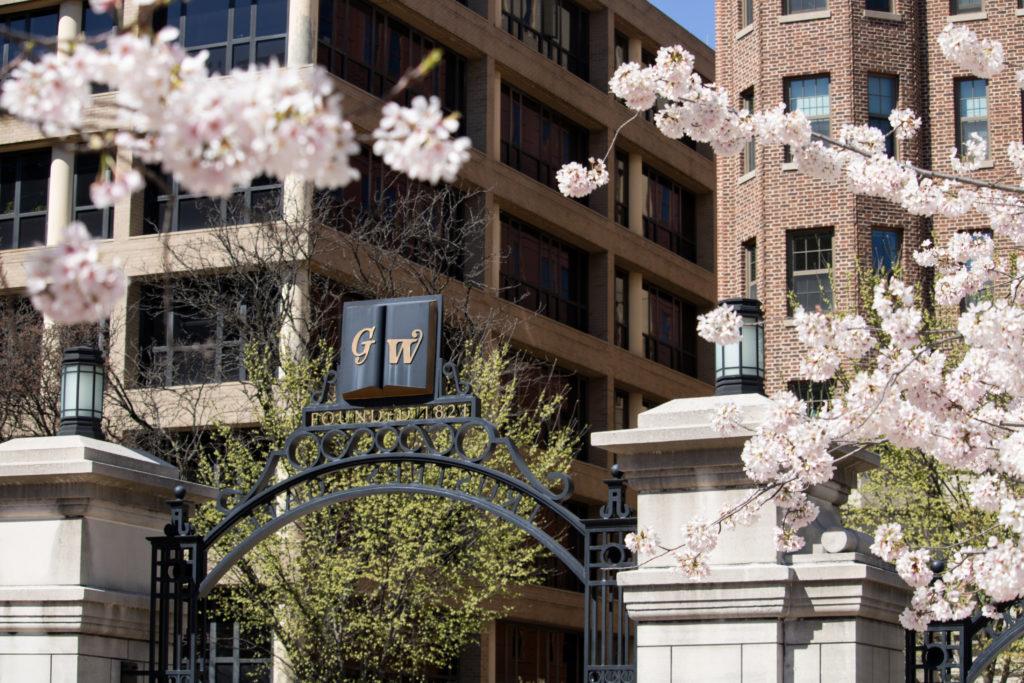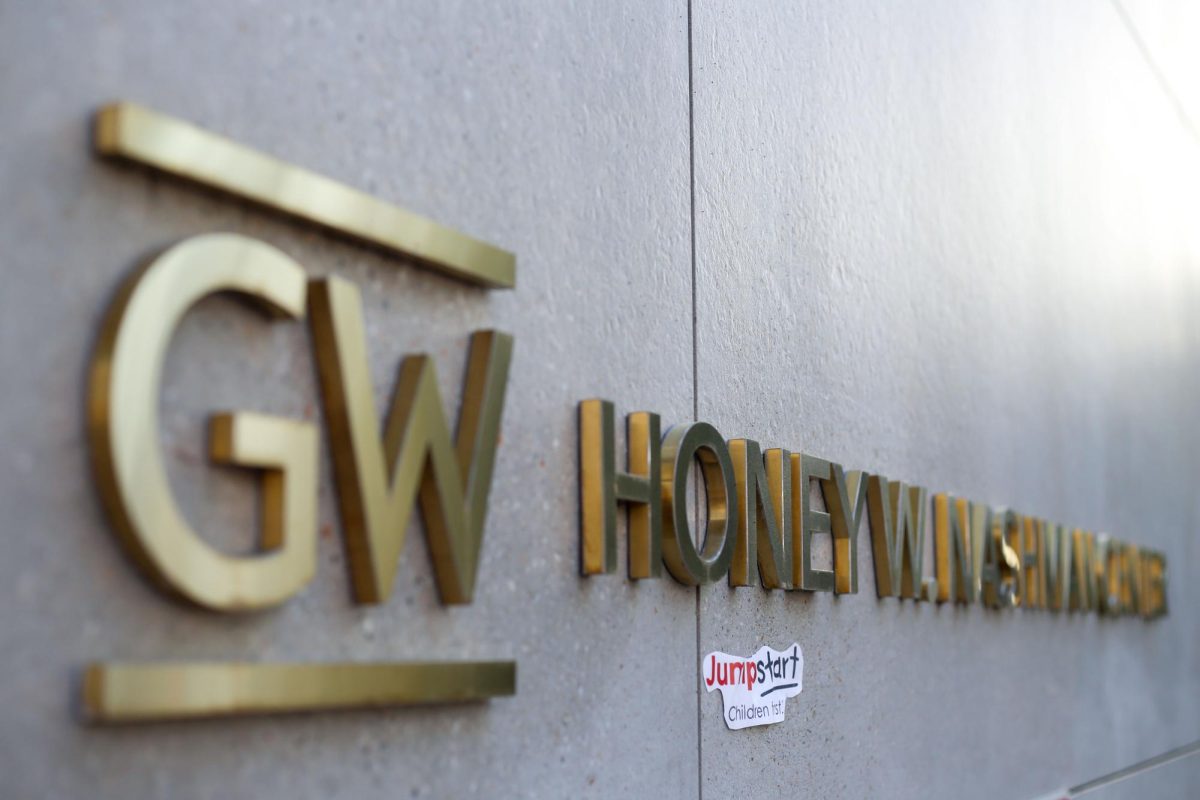An increase in the number of students requesting testing for sexually transmitted infections at the Student Health Service is a result of the increased availability of free HIV/AIDS tests, a University official said this week.
Dr. Isabel Goldenberg, medical director at SHS, said last year 500 to 700 students came to SHS asking to be tested for a range of STIs and HIV/AIDS. Five years ago, only a couple hundred students requested tests, she said.
“It’s a positive, good trend,” Goldenberg said. “It shows responsibility amongst GW students.”
For the past two years, approximately 500 to 700 students went to SHS for testing, with about 100 students showing symptoms that could be attributed to sexually transmitted infections, Goldenberg said. The number of students with STIs has not increased dramatically, she added.
Each year, about 15 to 20 students test positive for common sexually transmitted diseases like chlamydia – the most common treatable STI at GW, and the most treatable. Goldenberg said SHS only sees a few cases of syphilis each year.
“It’s great we have so many students seeking help,” Goldenberg said, “We encourage testing; any student can come.”
The GW student health insurance plan includes a once-a-year test for STIs, and students without the University’s insurance plan can still make an appointment to be tested during normal office hours. SHS offers free HIV/AIDS testing, a $60 gonorrhea and chlamydia test, a $15 test for syphilis, and a $20 charge for herpes testing. There is also a $25 fee for the doctor visit.
Students concerned that their parents will find out about STI testing through insurance claims can opt to pay out of pocket, Goldenberg said. GWorld is also accepted, and is attributed to a nonspecific SHS fee.
Nationally, cases of chlamydia and syphilis have been on the rise, according to a 2008 report by the Centers for Disease Control and Prevention. Each year, 19 million new cases of infections are reported, with almost half of those infected between the ages of 15 and 24, according to the CDC report. That age range represents only 25 percent of the sexually active population.







